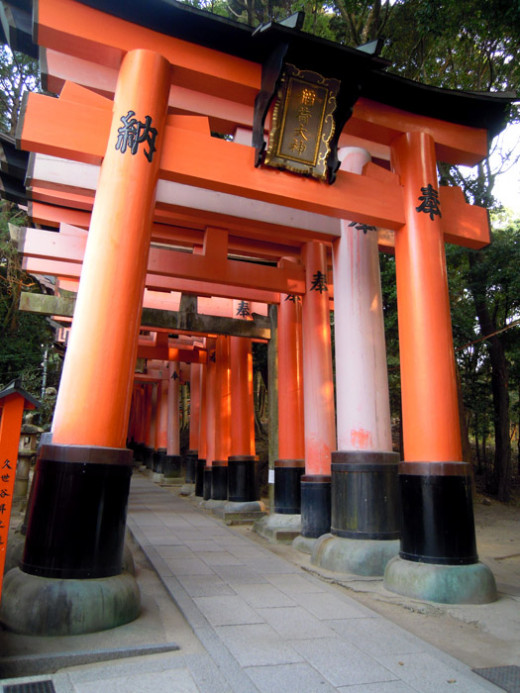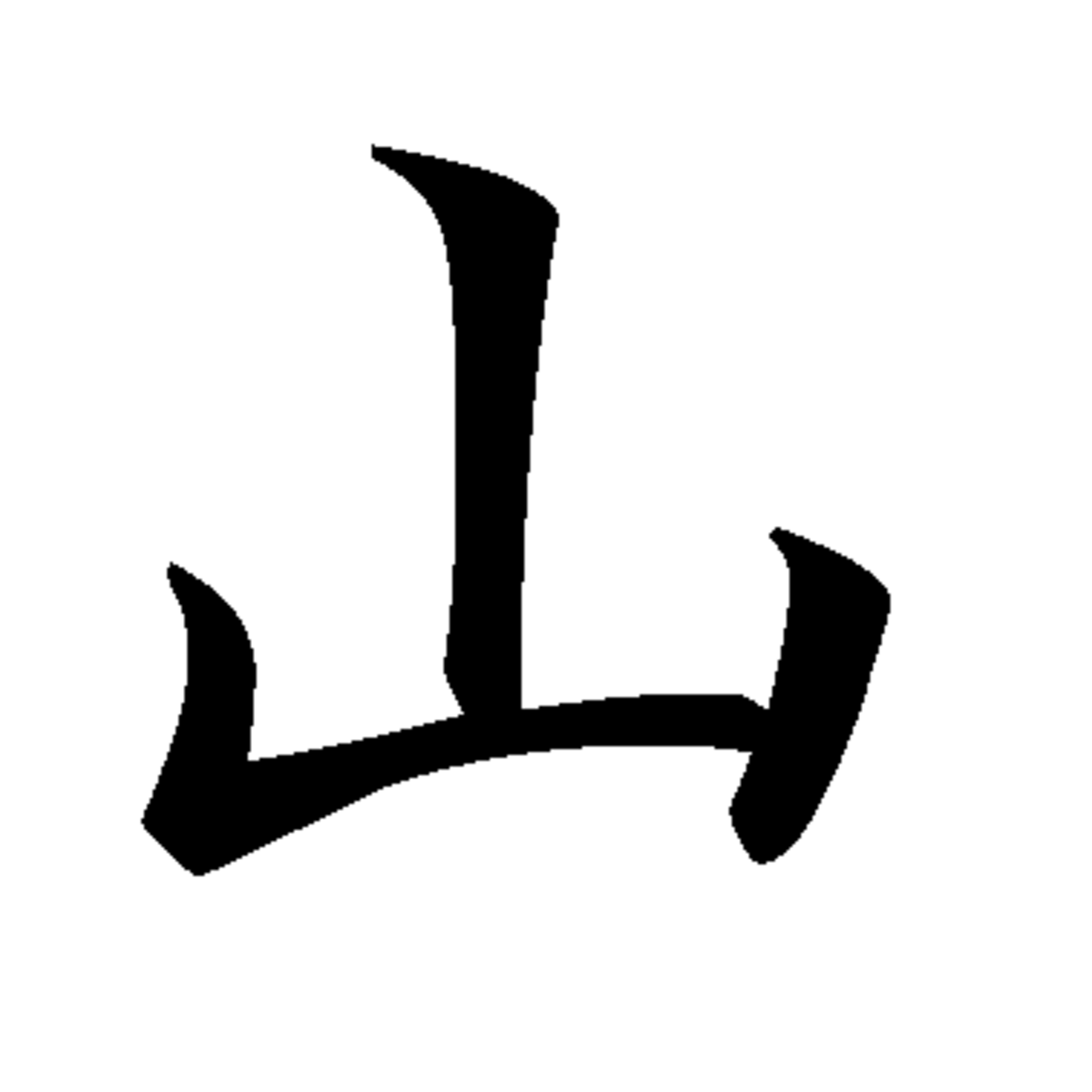So, you want to learn Japanese?

Japanese has over 125 million native speakers around the world, making it one of the world's most spoken languages. Though it is the official language in Japan alone, many countries have a high population of Japanese emigrates that continue to speak the language. There are many reasons why people choose to study Japanese. One reason is for communication in travel, for people who plan to spend a significant amount of time in Japan or with Japanese people and have decided to invest the time into learning the language. Another is business. As for 2013, Japan has the third biggest economy in the world, and many of the world's most famous companies have their roots in Japan. Some people study Japanese to get in touch with their heritage, or for academic purposes. More people study Japanese because of enthusiasm for Japan's ever-famous pop culture and media, including anime, video games, and manga which have found significant popularity in foreign countries. Whatever the reason, many people - myself included - have chosen to pursue an ability in the Japanese language.
However, Japanese can be one of the most daunting languages to approach. It has an image of being an extremely difficult language to master, let alone the complicated writing system. Additionally, as with many old languages from old countries, several dialects exist, some of them difficult to understand even for other Japanese people. But don't be intimidated. With a basic understanding of the language's fundamentals, beginning to learn it can be much easier. As someone who has studied Japanese for years, here is an introduction to the Japanese language.
Sounds
The first step is understanding what Japanese sounds like. Japanese doesn't use or rely on pitch to the extent that English does. It also tends to be more rhythmic. Japanese also has far fewer sounds than English has, with vowels making a single sound - a as in father, e as in latte, i as in sweet, o as in smoke, and u as in moot. Consonants, with the exception of the sound "n", are always linked with a vowel, and are written as one character accordingly. For example, the sound "ka" exists, but not the standalone sound of "k." The sounds of "r" and "l" also don't exist as distinct sounds, but a sound that is somewhat in between the two, sometimes closer to one or the other depending on the word.
Grammar
If you have never studied a foreign language before, be prepared for a totally new grammatical structure. Nouns (like 'cat'), verbs (like 'eat') and objects (like 'fish') follow a different word order in Japanese than they do in English.
For example, in English, a basic sentence might read,
"The cat eats fish."
The structure is noun, verb, object. However, in Japanese, this sentence would be, "Neko wa sakana o taberu." Directly in English, that structure would be,
"The cat fish eats." That structure is noun, object, verb.
Articles, like 'the', 'a' or 'an', are also absent in Japanese. Typically, there's no plural or singular distinction, and no distinction between a specific cat ("the cat") or some cat ("a cat"). Understanding will come from context. Alternatively, some particles exist in Japanese that don't have English equivalents, and thus tend to be difficult for beginners trying to grasp the meaning and proper usage, but once you can understand the pattern, they tend to follow rules with few exceptions.
Verbs
Verbs in Japanese tend to be uniform in endings and follow clear conjugation rules. To change form, for example, from present to past, conjugation is necessary. There are many conjugation forms to memorize, but they tend to follow patterns, again, with few exceptions. Once you understand the basic rules of conjugation, you can use verbs freely as soon as you learn the basic dictionary form.
Adjectives
Similar to verbs, they can be conjugated. Adjectives can take other tenses, such as past tense. For example, "It is cold" might be written as "samui desu" (cold is.) "It was cold" would involved changing "cold" instead of the word "is" to make the sentence like "samukatta desu."
Politeness
Another thing that Japanese has that English doesn't (at least not to the same extent) is tiers of politeness. Though English certainly gives the ability to be polite or rude as we choose, even Japanese verb conjugation is dependent upon the appropriate level of politeness. The basic dictionary form of a verb is considered casual, and to make it more polite it must be conjugated. For example, the word meaning "to eat" is taberu in its dictionary form. To conjugate to the polite form, it becomes tabemasu. All verbs in this tier of politeness will end in "-masu." Levels of politeness go beyond this, however, with etiquette rules pertaining to correct honorifics (for example, Mr. and Ms.), speaking humbly and addressing someone honorably.
Writing
Though it might seem strange to foreigners, Japanese is written with three "alphabets," or writing systems. These are:
- Hiragana: The basic, phonetic and syllabic writing system. It consists of 48 characters. Think of this as the "normal alphabet".
- Katakana: If hiragana is the "normal" alphabet, imagine katakana is words written in italics, or all capital letters. It uses the same sounds as hiragana does, but the characters are written differently. Katakana is used for foreign words (such as English loan words), to show emphasis, or in onomatopoeia type words.
- Kanji: Kanji are Chinese characters, and Japanese uses thousands of them. Each character has a meaning or idea, and can usually be pronounced in several different ways. Kanji are not necessary to write in Japanese, but most words can be written with one or several kanji, though the conjugated endings of things like verbs and adjectives will typically be written in hiragana.
A sentence in Japanese will often use all three writing systems. Kanji is by far one of the biggest challenges for most students of Japanese, as though there are some patterns, learning it requires a lot of sheer memorization. Beginners will likely learn hiragana first, however, I recommend learning katakana if you know very little Japanese and are soon taking a trip to Japan, because of the abundance of English loan words that are written in katakana on signs, menus, and so on.
Japanese is not easy to learn, but due to its consistency in following patterns and relative lack of grammar exceptions, it can be easier than you think. For whatever reason you are interested in studying it, it can help to have an understanding of what Japanese is before taking the plunge into the textbooks!



